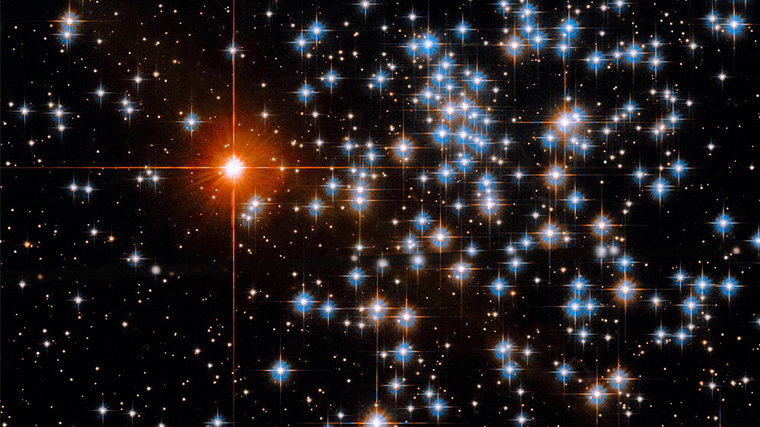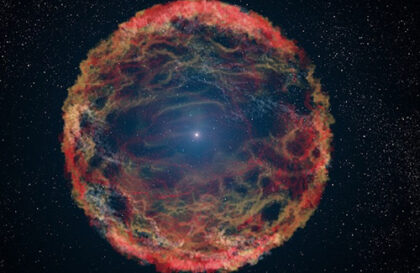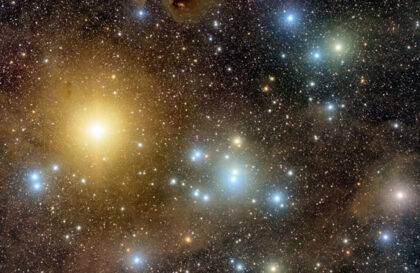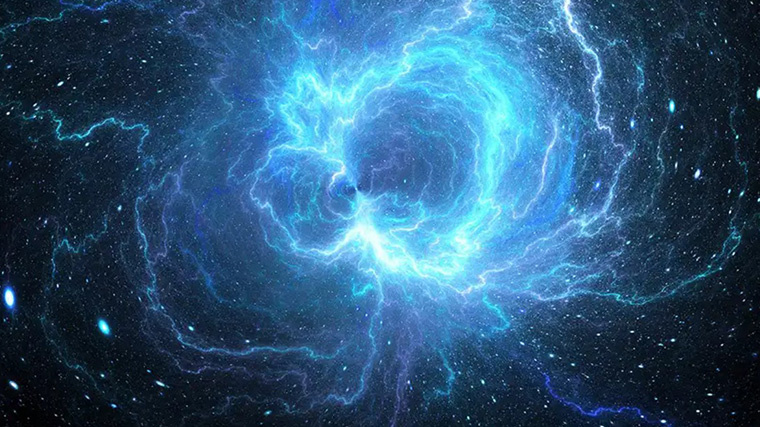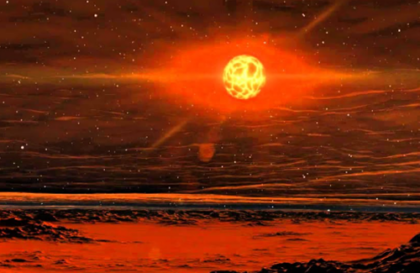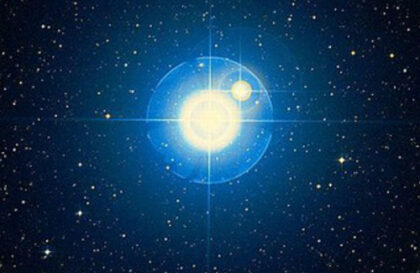Swedish scientists from the VASCO project have identified 151,193 disappeared stars over the past 60 years. After careful research, this number dropped to 23,667. Then the list was reduced by another 18,000 items to eliminate errors due to satellite image defects and other errors.
As a result, a list of 100 dark regions was formed, where the stars had recently shone. Only high-quality images were used for the analysis.
Scientists emphasized that even a dead star either flares up like a supernova or emits a fading faint light, like a white dwarf. It cannot simply cease to exist.
It is also interesting that the missing stars were redder than the rest and moved at a faster pace.
Stars may have evolved into an extremely rare type of supernova that produces black holes without exploding light.
The third option is that they emit too weak a glow and modern telescopes cannot catch it.
Project VASCO
The project is dedicated to the study of the phenomenon of disappearing and appearing objects in the Universe over centuries of observations. “We are interested in the variety of disappearing objects, but we would especially like to find a star that has been observed for a long time and then simply disappeared,” says Beatrice Villarroel of the Nordic Institute for Theoretical Physics in Sweden. The VASCO project was launched in 2017.
Researchers use data from telescopes over the past 70 years and study catalogs of stars in search of potentially disappeared objects. At the moment, more than 800 stars are clearly “missing”, and many of them require detailed analysis. If, from these 800 candidates, an ideal “disappearing” star can be identified, how can this be explained?
One possible answer could be related to the so-called “failed” supernova – a huge star with a core so massive that it collapses into a black hole, swallowing the rest of the star from the inside. This can block the flow of nuclear fusion that normally accompanies a supernova explosion and leave no visible remnants.
“Now it is difficult to imagine other natural processes that could lead to the simple disappearance of a star. Until a star is found for detailed study, it makes no sense to talk about possible new physics that plays a role in this cosmic disappearance,” Villarroel emphasizes.
In addition, such disappearances of stars can serve as signs of the presence of advanced alien civilizations, scientists say. Some experts even argue that there is a better chance of detecting alien life forms through the incomprehensible behavior of stars and other objects than through radio signals that could be sent to us intentionally or accidentally.
The essence of the theory lies in the assumption that with a sufficiently high level of development of civilizations – at least some of them – stellar engineering technologies will probably be developed that can change the appearance of stars in a way that remains incomprehensible to us at the moment.
Science fiction author Arthur C. Clarke articulated the idea in his Third Law that “any sufficiently advanced technology is indistinguishable from magic.” If no natural explanation can be found for the disappearance of the star, the impact of intelligent aliens may become a more likely explanation than the intervention of extraterrestrial forces.
While the VASCO project continues its work, the many candidate stars identified so far are awaiting confirmation and deeper analysis. “So far, we have not found any processes that could explain the simple disappearance of a star, other than a hypothetical failed supernova,” explains Villarroel.
Image credit:
https://www.nasa.gov
